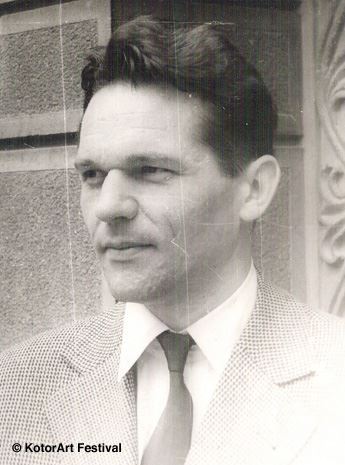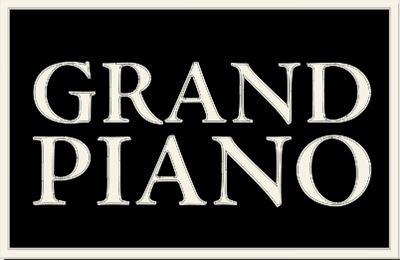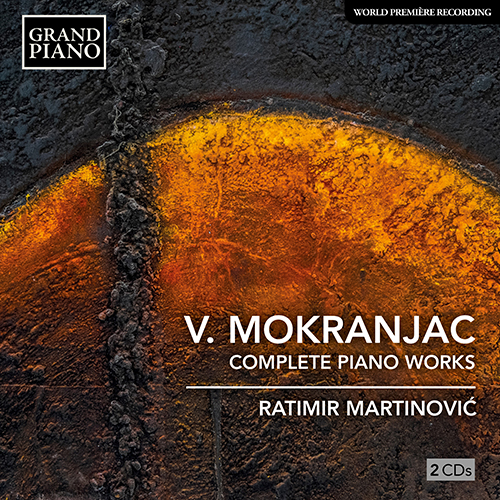
Vasilije Mokranjac (1923 - 1984)
Mokranjac was born in 1923, the same year that the Belgrade Philharmonic was founded, followed by the founding of the Opera and then the Music Academy. During the Second World War, musical life in the Serbian capital, although interrupted by the occupation, did not disappear completely.
European influences were common in the neo-Romanticism, impressionism and realism of certain Serbian composers before the Second World War. The national style, which was then dominant, was slowly being moved into the background. Belgrade was a modern European capital with concerts of symphonic music, opera, and performances of large scale instrumental and vocal-instrumental works by domestic composers. Among the most prominent representatives of the Serbian music scene of the 19th century were Davorin Jenko, Josif Marinković and Stevan Mokranjac, while the first half of the 20th was significant for Petar Konjović, Miloje Milojević and Stevan Hristić. A number of younger composers belong to the so-called Prague School, among them were Ljubica Marić and Vasilije’s composition professor Stanojlo Rajičić.
The younger generation of post-war composers were not encouraged to pursue the ‘unknown’, but Mokranjac, surrounded by ‘socialist realism’ and academic modern neo- Romanticism since his student days, conceived the content of his work based on his personal spiritual views and by constantly modernising his expressive means, guarding the unity of form but also radicalising the expressionist tension.
His three creative periods could be viewed as a journey from neo-Romanticism to neoexpressionism: the first period until 1958, the second period, 1958–1973, when the piano was not his creative epicentre, and the third phase that marks his return to the piano, 1973–1984, rounding up his entire creative opus.


 Grand Piano has gained a reputation for producing high quality recordings of rare keyboard gems. Dedicated to the exploration of undiscovered piano repertoire, the label specialises in complete cycles of piano works by many lesser-known composers, whose output might otherwise have remained unknown and unrecorded.
Grand Piano has gained a reputation for producing high quality recordings of rare keyboard gems. Dedicated to the exploration of undiscovered piano repertoire, the label specialises in complete cycles of piano works by many lesser-known composers, whose output might otherwise have remained unknown and unrecorded.






